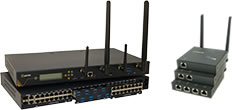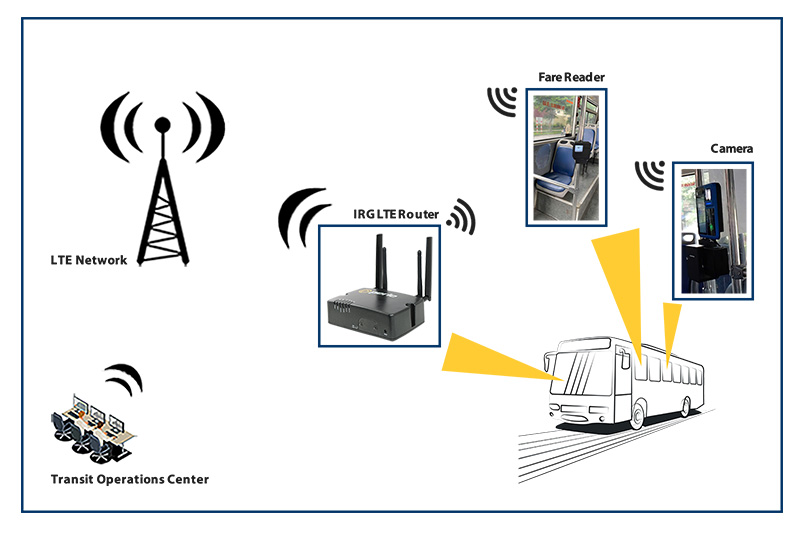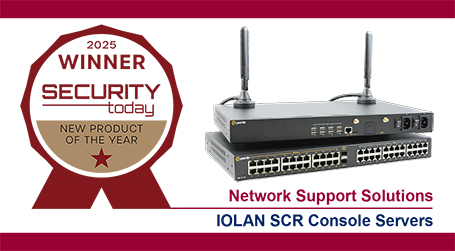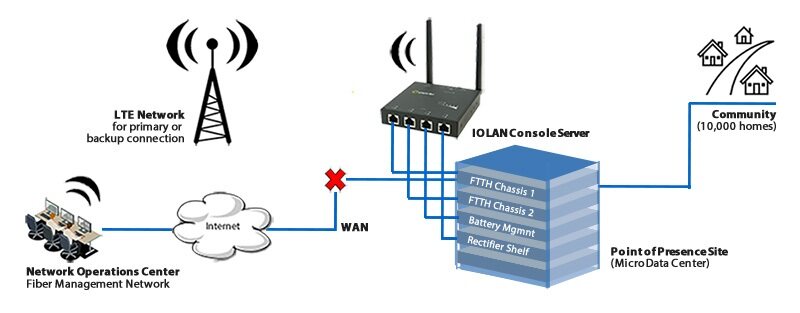
Big time cloud outages from 2014
By Donna DonnowitzDecember 31, 2014
Companies operating cloud infrastructures have to be careful when it comes to keeping their data enter safe from weather and human error. That's why many IT decision makers have their teams backup their data to another physical location, often through the use of gear like a remote console server. Don't assume your cloud is safe from harm either. Some of the biggest cloud providers in the world experienced serious data center outages in 2014, and their failures should warn against the dangers of taking network redundancy for granted.
Dropbox drops the ball
Early into 2014, in just the second week of January, storage service Dropbox experienced a serious outage that put the majority of its services down for three hours. Once the bug that caused the outage was identified and resolved, Dropbox needed another two days to get their infrastructure back up to full functionality, according to CRN. The cloud storage company later revealed that the down was caused by an operating system upgrade that got out of hand, leading to users seeing error messages and finding themselves unable to synch their stored files.
Verizon feels cloud failure at the retail level
A far reaching cloud outage hit Verizon Wireless in late June, denying access to customer accounts and shutting down the billing system. Likewise, clients were not able to access their own billing information or pay their bills. The outage was so severe that many Verizon retail stores were found themselves unable to access critical information needed to serve customers. Verizon Wireless' problems lasted for most of the day, leaving store helpless for the vast majority of those Friday business hours.
Azure suffers successive downs
Microsoft Azure's cloud was unlucky enough to fail multiple times in 2014, drawing extra negative attention to the cloud platform. The first of Azure's two biggest crashes occurred on August 18, when a buggy security patch sent the service down for five hours in regions across the country. The second of Azure's major 2014 failures happened on Nov. 18, this one attributed to human error. TechTarget noted that the Azure cloud lead the industry in down hours, racking up nearly 40 hours of downtime in 2014.
Perle's wide range of 1 to 48 port Perle Console Servers provide data center managers and network administrators with secure remote management of any device with a serial console port. Plus, they are the only truly fault tolerant Console Servers on the market with the advanced security functionality needed to easily perform secure remote data center management and out-of-band management of IT assets from anywhere in the world.



